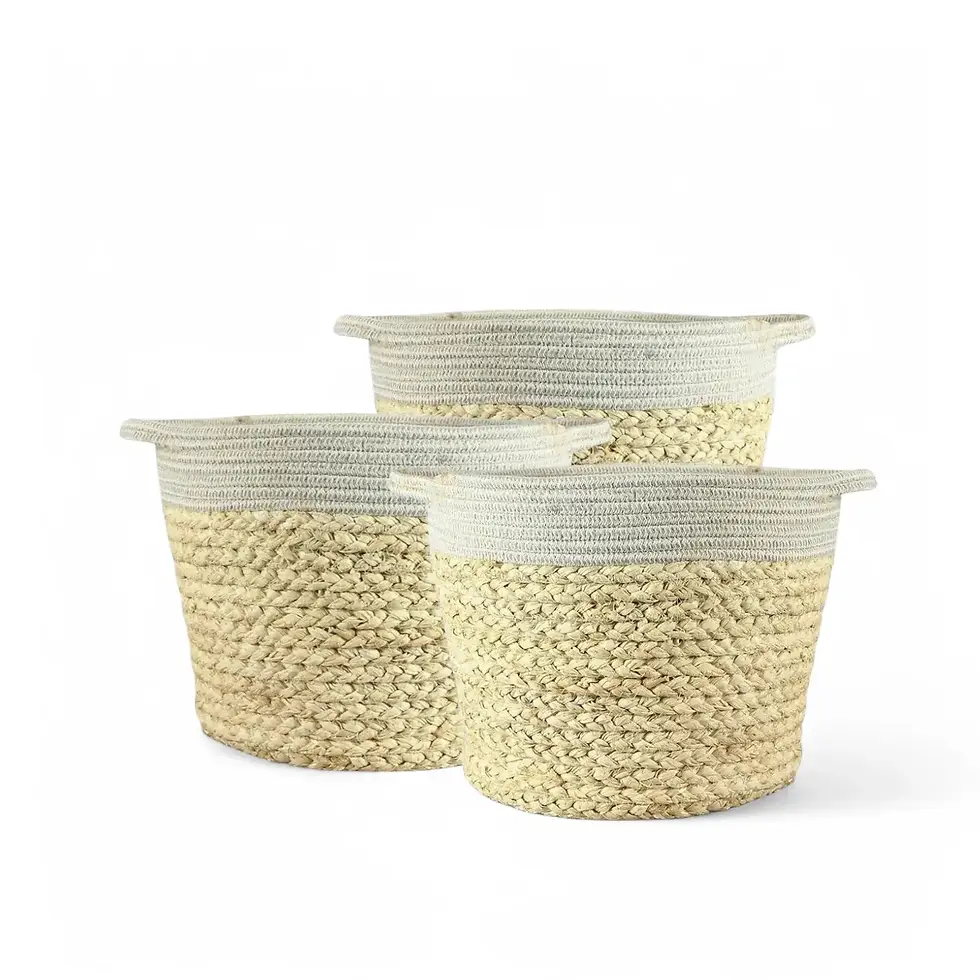Monstera dissecta - Comprehensive Care Guide and Unique Features
Monstera dissecta is a stunning tropical plant admired for its deeply pinnatifid leaves with a glossy finish. Known for its intricate structure, each mature leaf showcases 4 to 12 pinnae extending gracefully on either side of the midrib. Native to regions from Belize to Peru, this adaptable species transitions from a terrestrial creeper to an epiphytic climber, making it a versatile choice for indoor plant enthusiasts.
Key Features of Monstera dissecta
- Eye-catching Foliage: Features deeply divided, pinnatifid leaves with a smooth, coriaceous texture and vibrant green hue.
- Adaptive Growth Habit: Begins as a terrestrial creeper and matures into a climbing epiphyte, capable of reaching heights up to 10 meters.
- Unique Flowers and Fruit: Produces creamy-white spathes and cylindrical spadices, with fruit ripening to a pale yellow.
- Natural Habitat: Thrives in shaded forest understories and semi-exposed areas across Central and South America.
Monstera dissecta Care Guide
→ Light Requirements
- Prefers bright, indirect light to maintain vibrant foliage. Shield from direct sunlight to prevent leaf scorch.
- Can tolerate moderate light but may grow slower.
→ Watering Tips
- Water when the top 2-3 cm of soil feels dry. Avoid overwatering to prevent root rot.
- Reduce watering frequency during cooler months.
→ Ideal Humidity and Temperature
- Thrives in 60%-80% humidity but adapts to average indoor levels.
- Maintain temperatures between 18°C-27°C and avoid exposure below 15°C.
→ Soil and Potting Mix
- Use a well-draining mix with orchid bark, perlite, and coco coir for aeration.
- Repot every 1-2 years to accommodate growth.
→ Fertilization Guidelines
- Apply a balanced, water-soluble fertilizer every 4-6 weeks during the growing season.
- Avoid over-fertilizing to prevent nutrient burn.
→ Propagation Methods
- Propagate through stem cuttings or air layering, ensuring nodes are included.
- Use rooting hormone for improved success and maintain high humidity.
→ Adapting to Hydroponics
- Thrives in semi-hydroponic setups with LECA and nutrient solutions.
- Regularly flush the medium to prevent salt buildup.
→ Pruning and Maintenance
- Prune to remove damaged or yellowing leaves and control size.
- Avoid cutting aerial roots, which support climbing and nutrient absorption.
Common Problems and Solutions for Monstera dissecta
→ Pests and Control
- Common Pests: Spider mites, thrips, and mealybugs.
- Solution: Treat with insecticidal soap , neem oil, or use beneficial insects.
→ Managing Root Rot
- Use well-draining soil and allow drying between waterings.
- Trim affected roots and repot if necessary.
→ Addressing Leaf Issues
- Yellowing: Likely due to overwatering or low light.
- Brown Tips: Indicate low humidity or inconsistent watering.
Etymology of Monstera dissecta
The genus name Monstera is derived from the Latin word 'monstrum,' alluding to its impressive leaves. The species name dissecta highlights the deeply divided nature of its foliage, making it a striking addition to any plant collection.
Frequently Asked Questions about Monstera dissecta
- How fast does Monstera dissecta grow? With proper care, it exhibits moderate growth, producing new leaves regularly.
- Can Monstera dissecta grow in low light? It can tolerate moderate light but thrives best in bright, indirect light.
- Is Monstera dissecta toxic to pets? Yes, it contains calcium oxalate crystals and is mildly toxic if ingested.
Order Monstera dissecta Today!
Bring the exotic beauty of Monstera dissecta into your home! Its striking foliage and adaptable nature make it a must-have for plant enthusiasts. Order now to elevate your indoor space with this tropical treasure!
Monstera dissecta
All our Monstera dissecta plants are approx. 20 cm tall/ long and comes in a ⌀ 9 cm pot.

























































